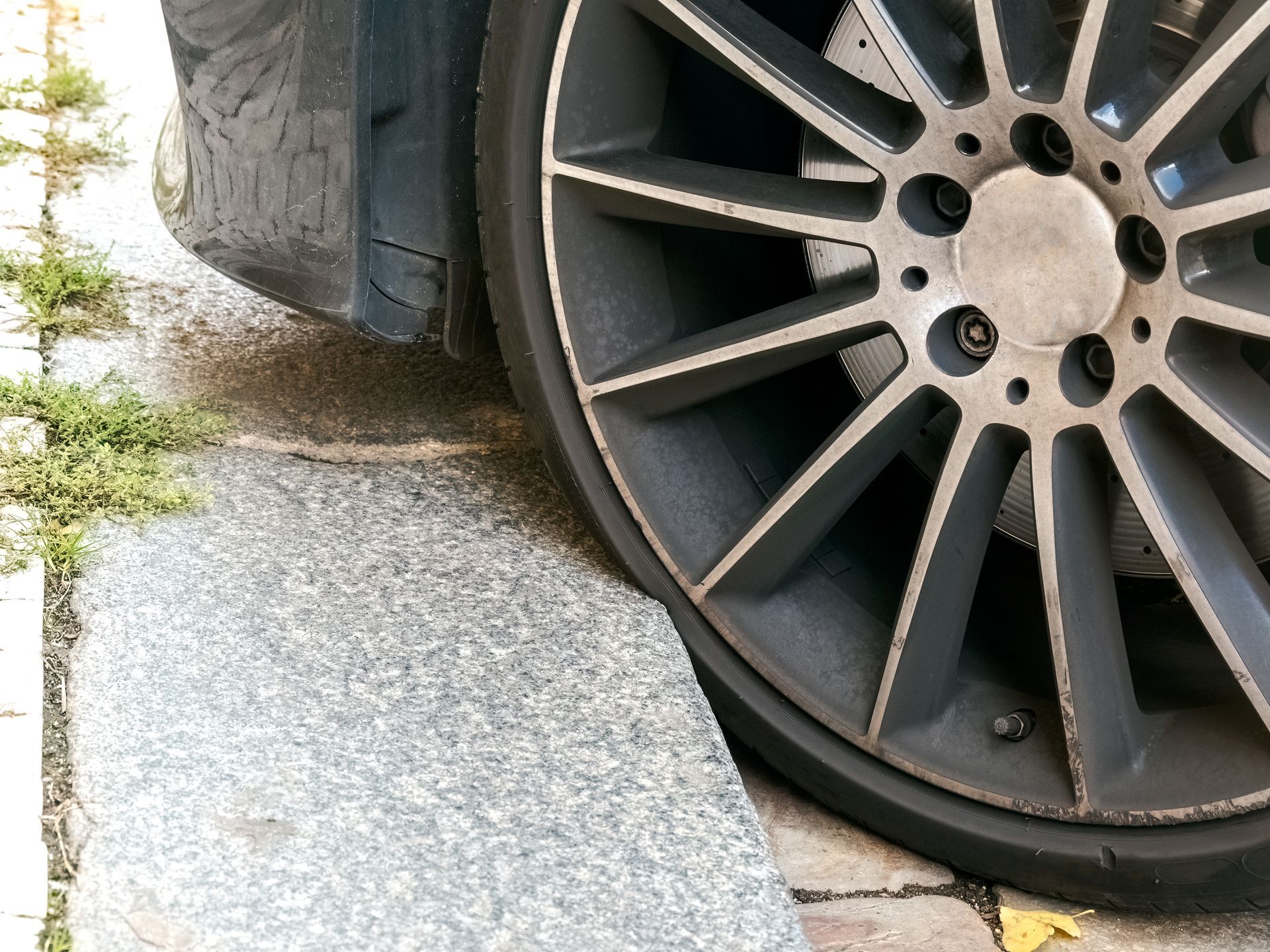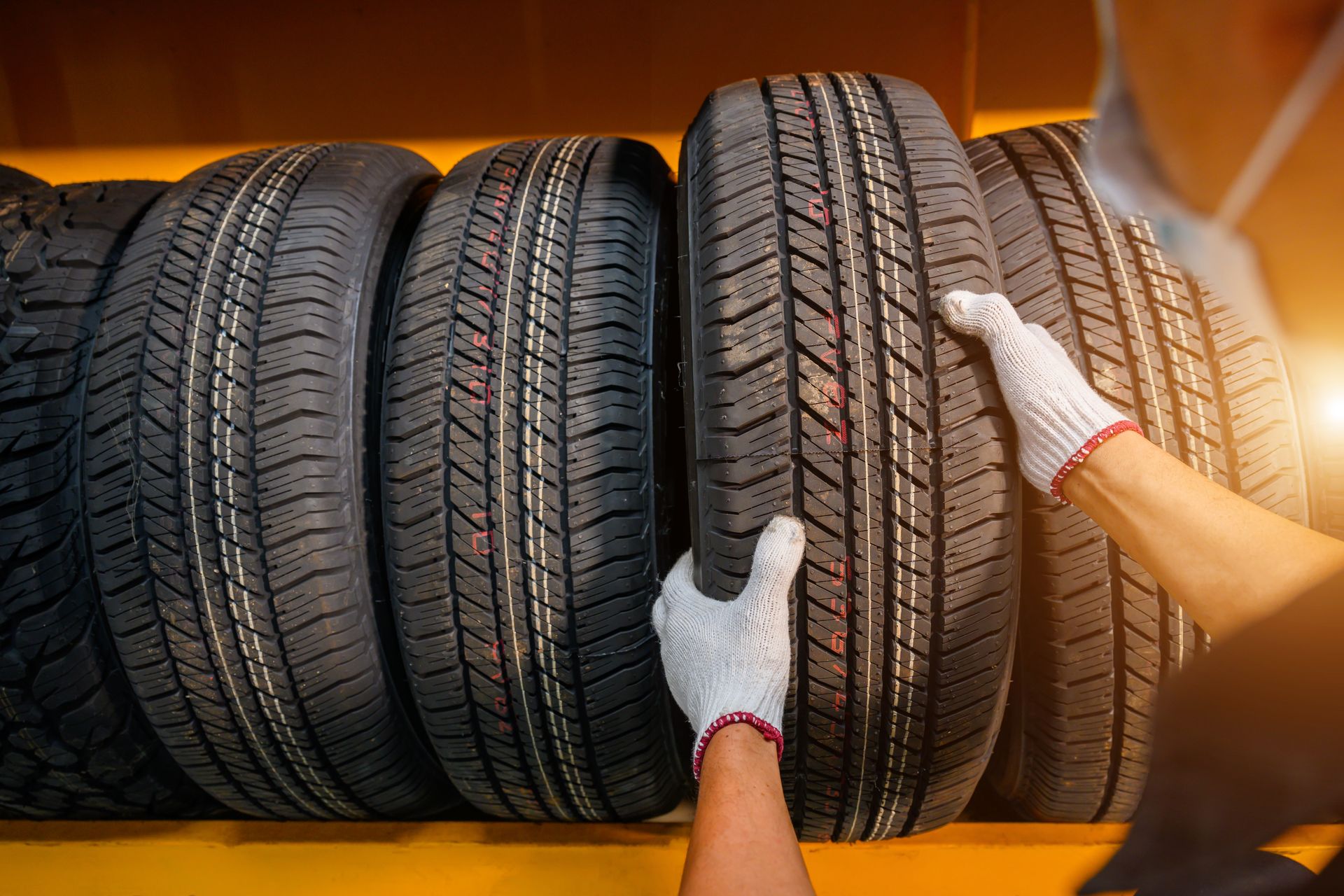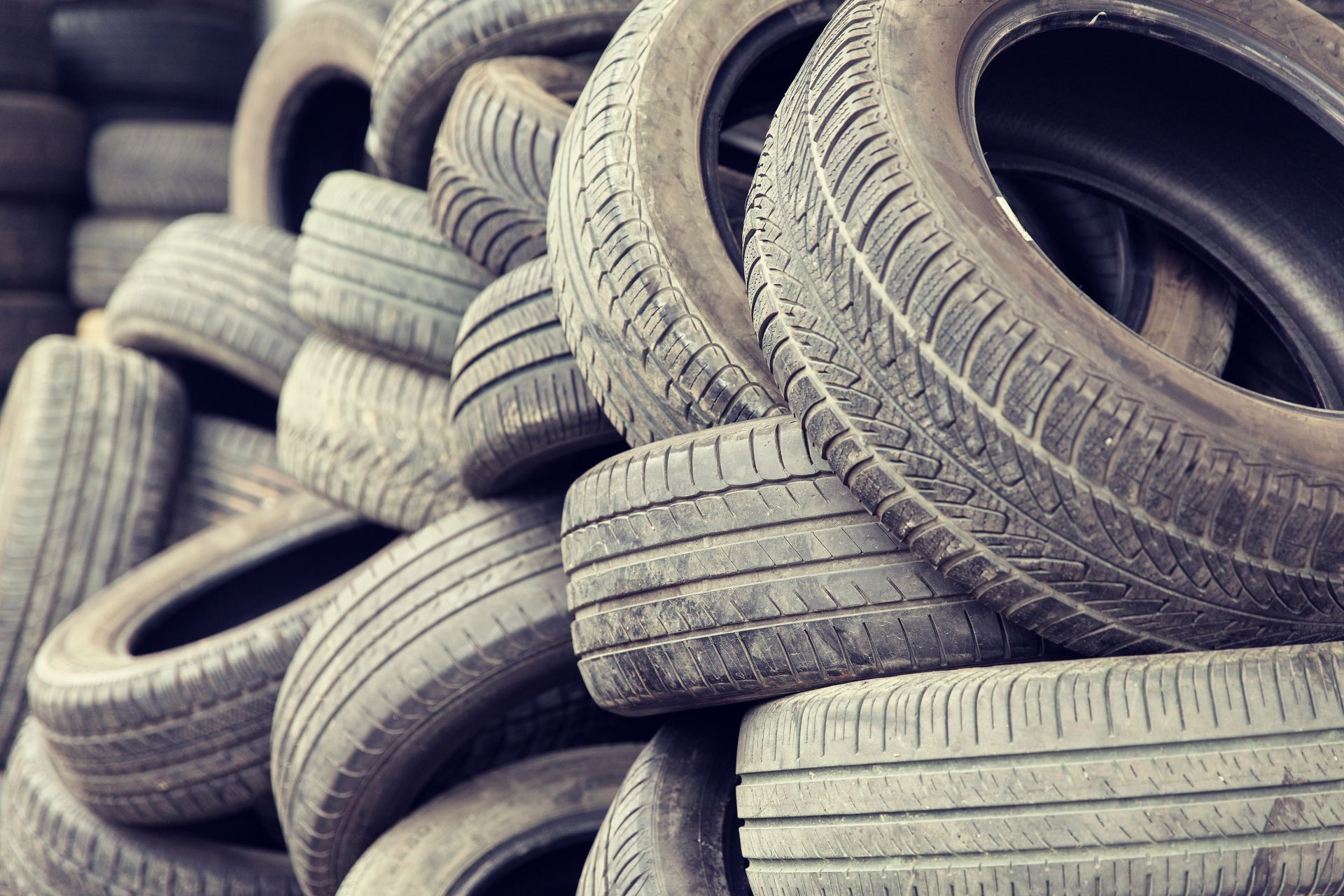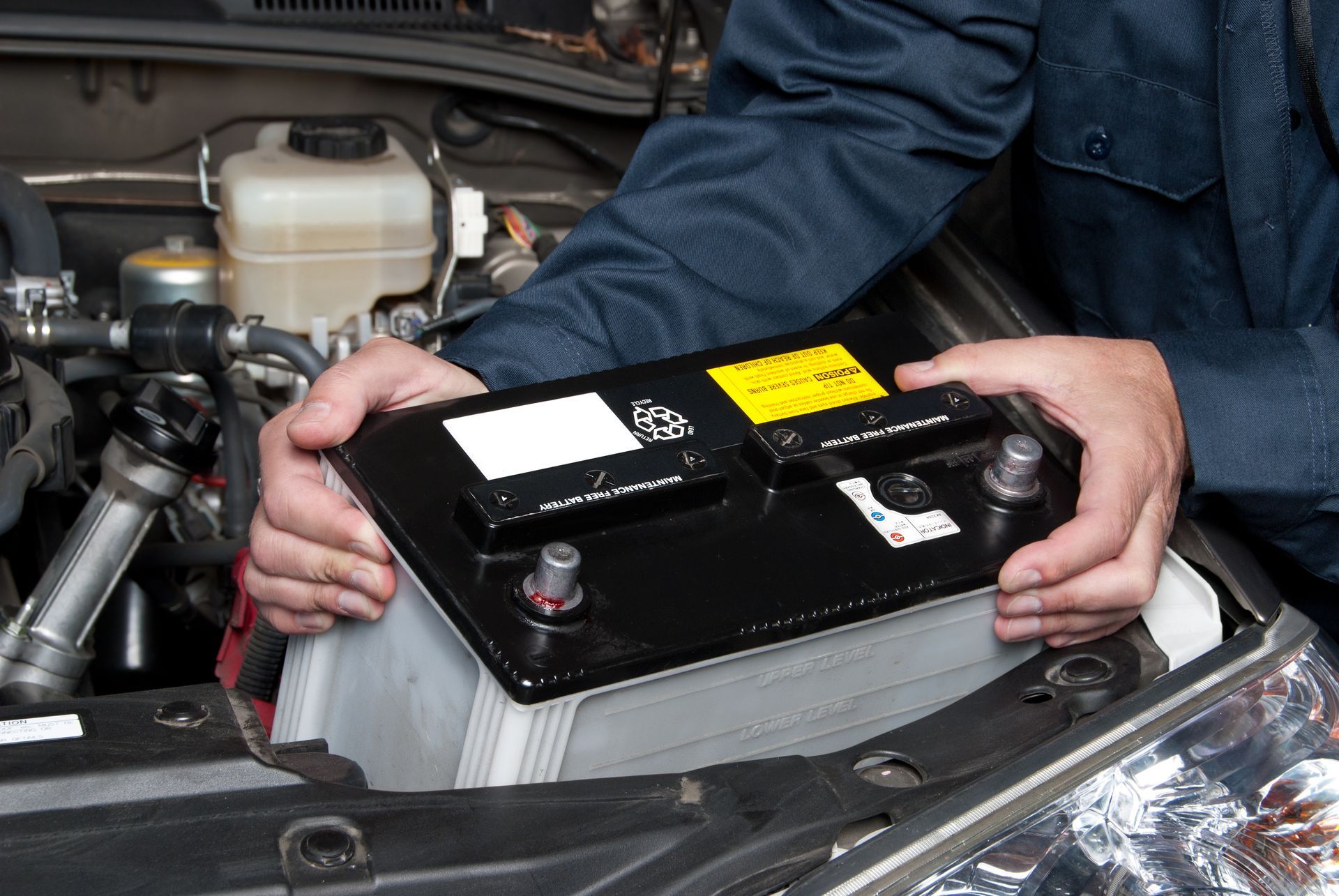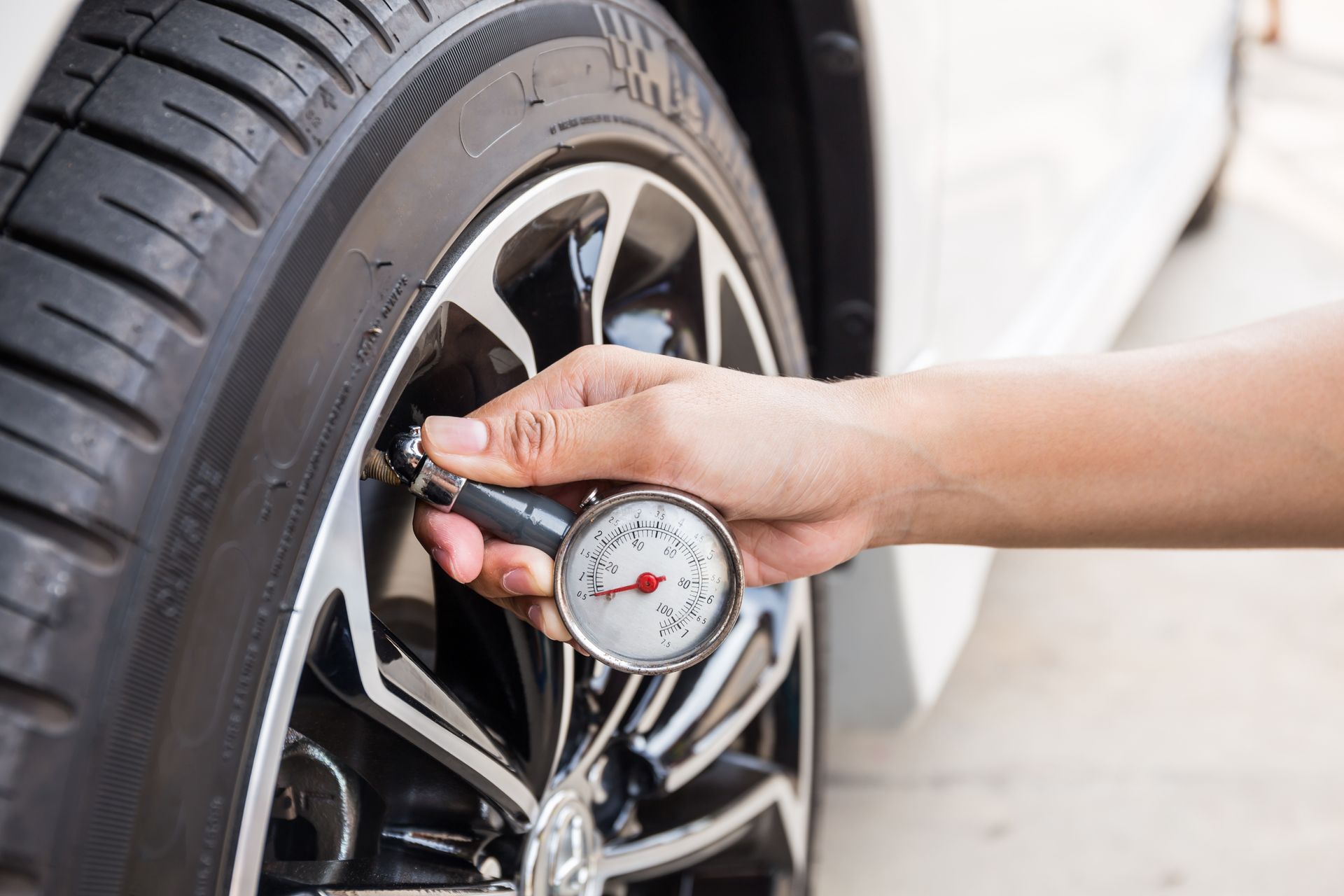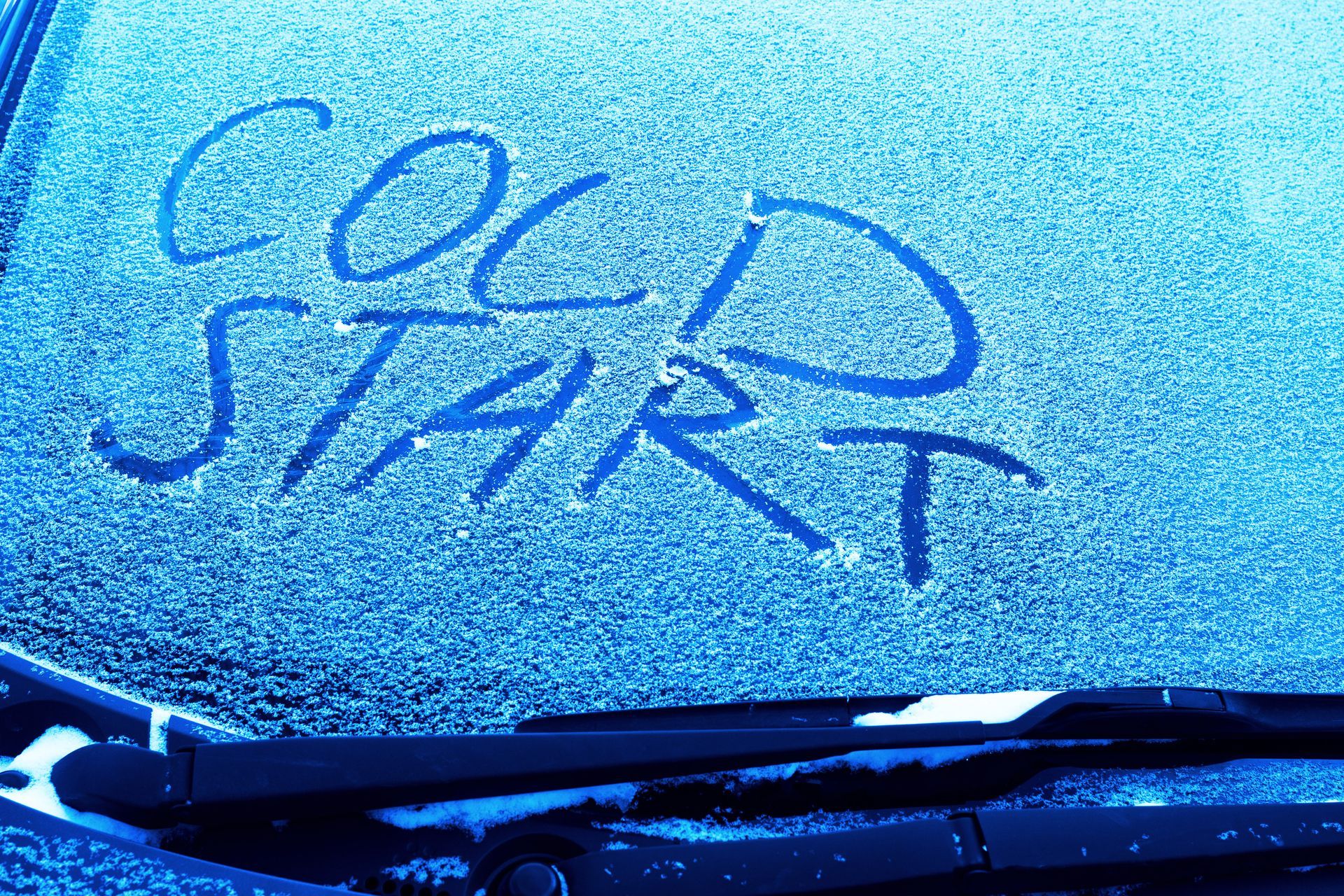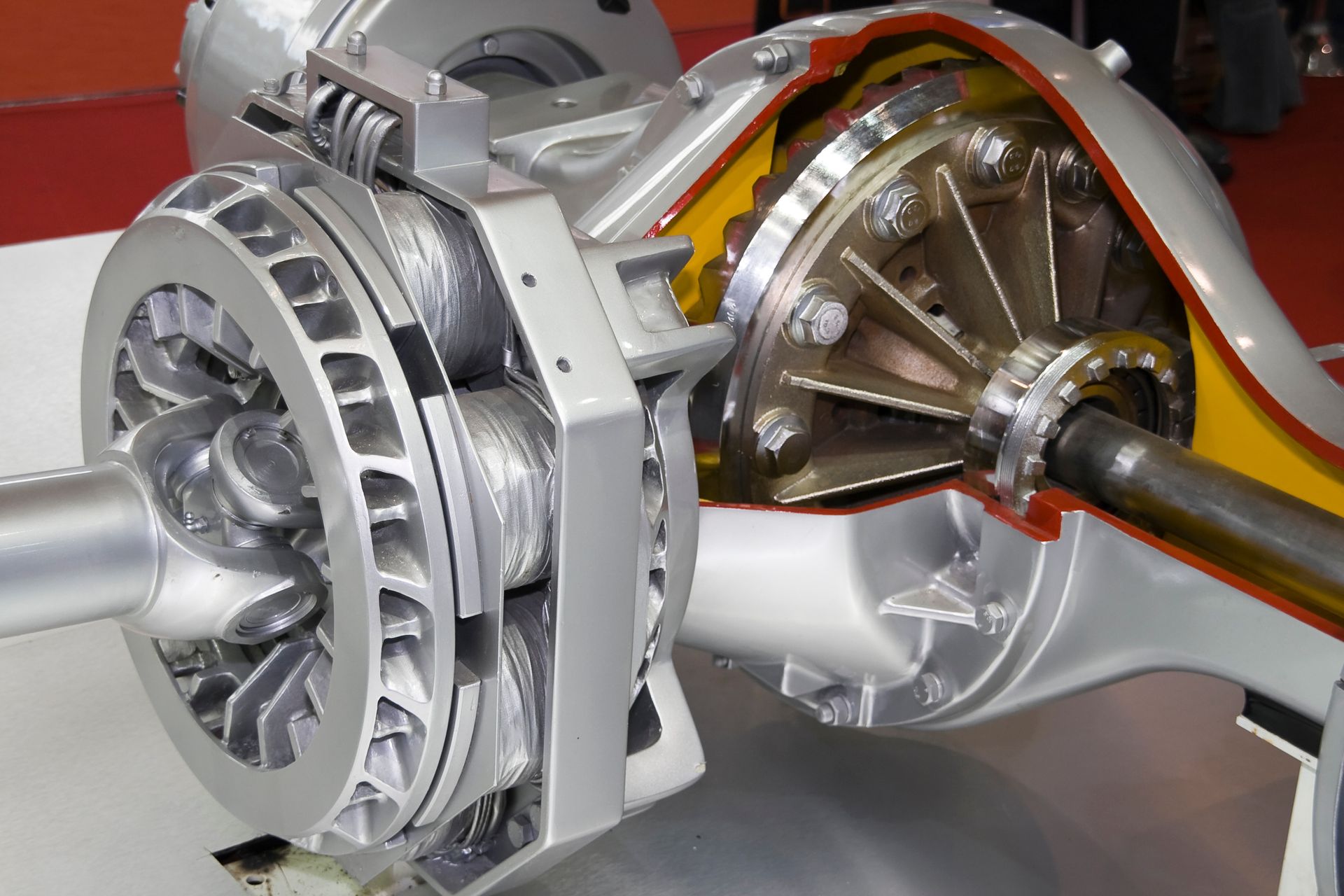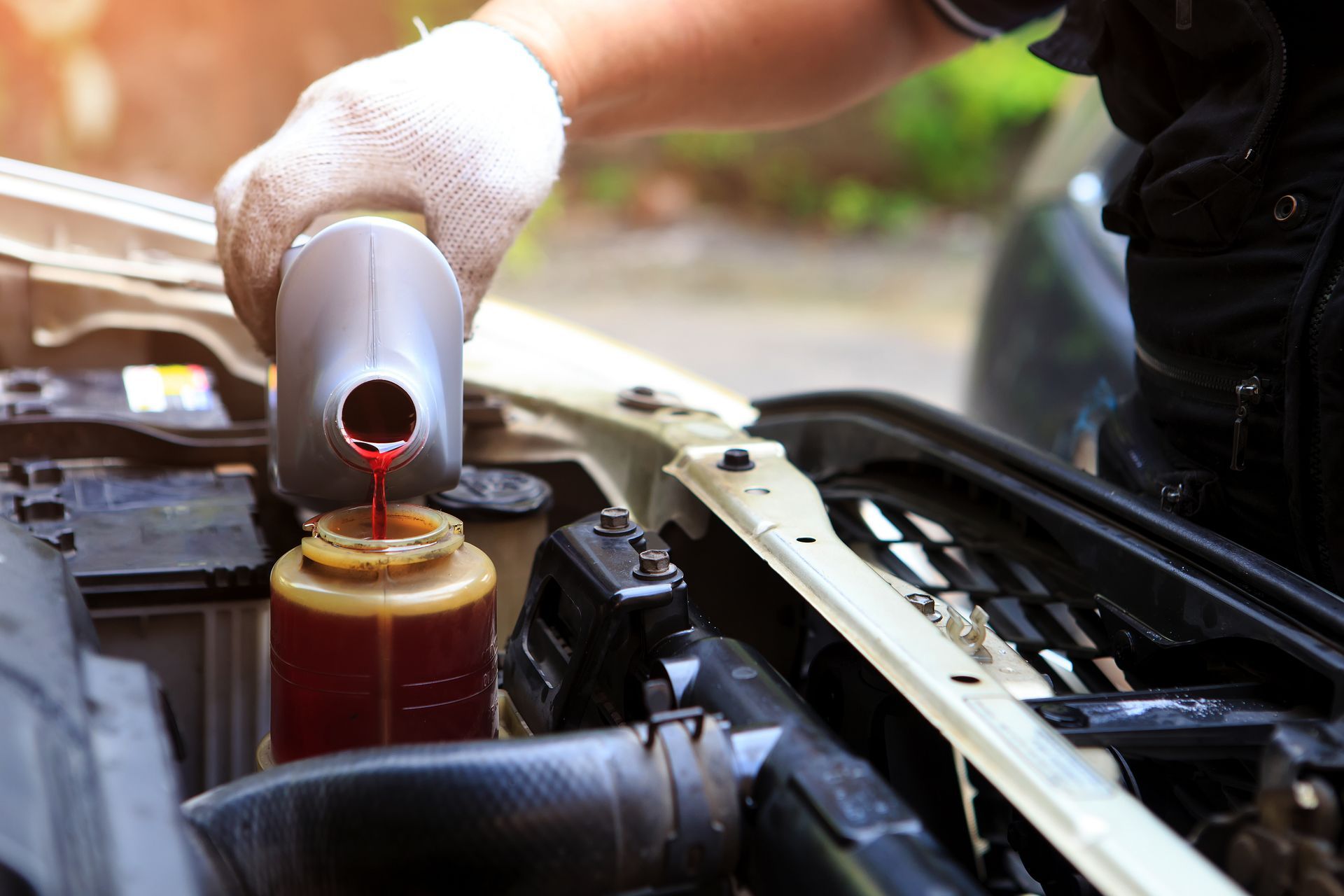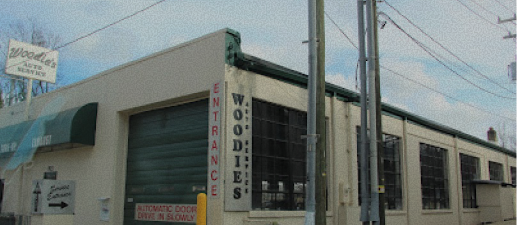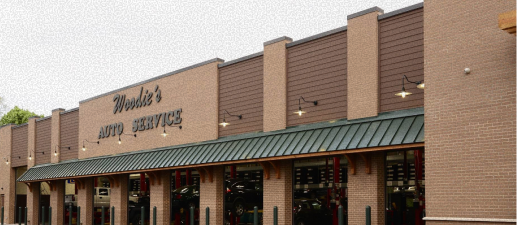How Long Can I Drive With My Check Engine Light On?
March 28, 2025
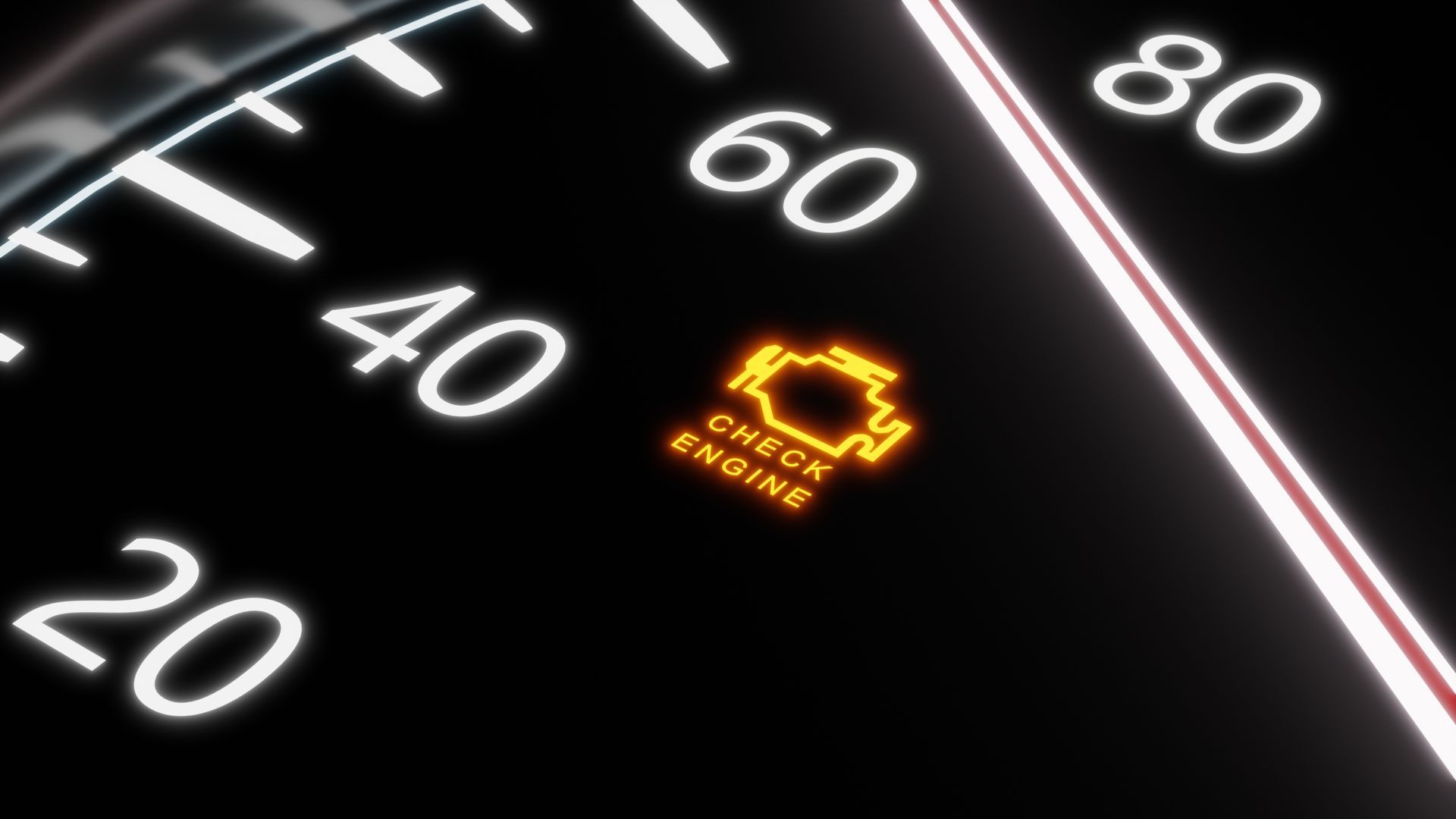
Seeing your check engine light turn on is never a welcome sight, but it doesn’t always mean immediate trouble. Sometimes, it’s a minor issue like a loose gas cap, while other times, it signals a more serious problem that could lead to engine damage. The key is knowing when it’s safe to keep driving and when you should stop and get your car checked out. Ignoring the light for too long could turn a small fix into an expensive repair—are you sure your car is okay to keep going?
What Does the Check Engine Light Mean
The check engine light is part of your car’s onboard diagnostics system (OBD-II) and turns on when the system detects an issue. Sometimes, it signals a minor problem, like a loose gas cap, while in other cases, it indicates a serious issue, such as an engine misfire. A steady check engine light means the problem is not an immediate emergency, but it should be checked soon. A flashing light, however, suggests a critical malfunction that could cause major damage if the car is driven further. Paying attention to this warning and seeking professional diagnostics early can prevent costly repairs.
How Long Can You Drive With a Steady Check Engine Light
If your check engine light is steady and the vehicle is running as usual, you may have time to schedule a diagnostic inspection within a few days. However, delaying service for too long could result in worsening performance, increased fuel consumption, or damage to essential components. Some common causes, like a failing oxygen sensor or emissions-related issue, may not seem urgent, but if ignored, they can lead to expensive repairs. The best approach is to address the problem as soon as possible to avoid further complications.
How Long Can You Drive With a Flashing Check Engine Light
A flashing check engine light indicates a serious issue that requires immediate attention. This often points to an engine misfire, which can damage the catalytic converter or cause overheating. If this warning appears while driving, it is best to pull over as soon as it is safe, turn off the engine, and seek professional assistance. Continuing to drive with a flashing light can lead to severe mechanical failure and expensive repairs.
Common Reasons the Check Engine Light Comes On
A variety of issues can trigger the check engine light, but some of the most frequent causes include a loose or damaged gas cap, a failing oxygen sensor, a malfunctioning catalytic converter, or faulty spark plugs. Other potential reasons include mass airflow sensor failure or problems within the fuel or ignition system. If the light is on, diagnosing the problem early can prevent further damage and ensure the vehicle continues running efficiently.
What Should You Do If Your Check Engine Light Comes On
If your check engine light appears, the first step is to check if the gas cap is loose, as this is an easy fix that can resolve the issue. If the light remains on after tightening the cap, monitoring the vehicle’s performance for any unusual symptoms, such as rough idling or sluggish acceleration, is important. If the light is flashing, driving should be avoided to prevent engine damage. Scheduling a professional diagnostic service is the best way to identify and fix the issue before it worsens.
Check engine light on? Don’t wait—visit Woodie’s Auto Service & Repair Centers in North Carolina and South Carolina for expert diagnostics and fast repairs. Call now to schedule your appointment!

